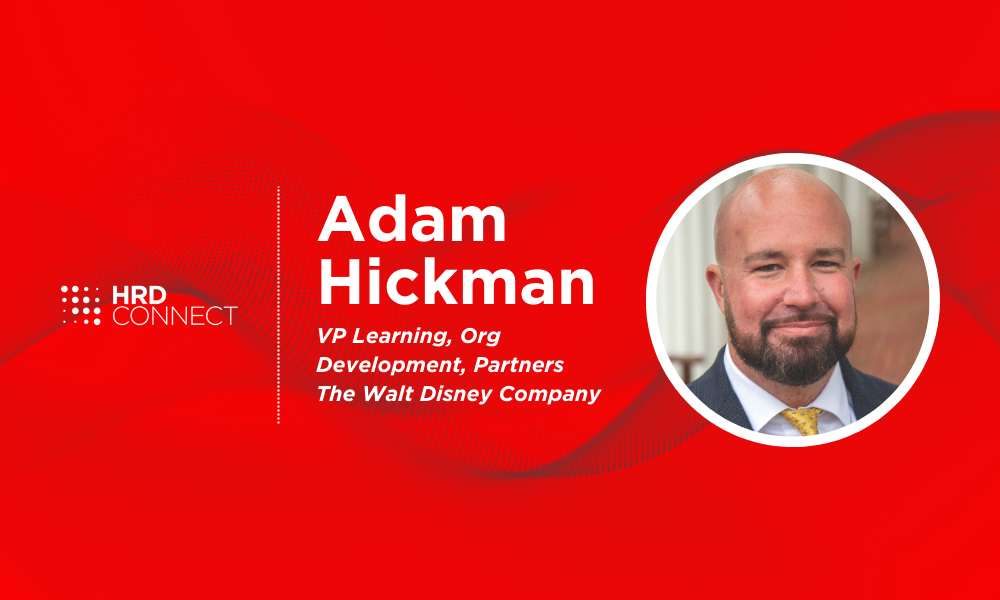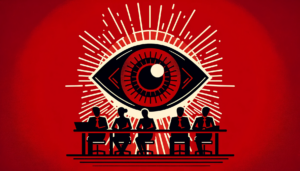L&D, I/O and HRBPs in harmony: Shifting from firefighting to strategic HR
- 7 Min Read
What are organizations getting wrong with the L&D, Industrial/Organizational (I/O) psychologist and HRBP job roles? How can HR create an ecosystem greater than the sum of its parts?
- Author: Adam Hickman
- Date published: Mar 28, 2023
- Categories

81,000 hours. This is approximately how much one person spends working in their life.
A lot can happen in that period, and even more when you multiply this by the hundreds of thousands of workers. A vast amount of human resource actions take place as well. From attracting, hiring, and exiting and all the engaging factors in between.
The challenge for human resource leaders is ensuring their organization is set up with the roles that support a business-as-usual (BAU) strategy while still accomplishing strategic work.
In recent times, U.S. businesses are losing a trillion dollars every year related to turnover. The US Bureau of Labor Statistics reports that in 2022 there were 77.2 million hires, which is an increase from 2021 at 1.2 million. Further, separations increased by 3.2 million in 2022 to 72.3 million. With all these employees coming and going, the challenge for senior HR leaders is not only foreseeing the future but counting on the roles in their organizations that can support, develop, and retain their top talent.
Another issue is the amount of employee relations problems. SHRM reports that the cost of a bad hire can be north of $240,000. And that’s just due to poor fit. Let’s not forget the loss of productivity and toxic behaviors you would then need to deal with within your team and organization. Even more staggering is the number of employment discrimination cases in 2022. Bloomberg Law reports the ten highest settlements in 2022 totaled $597 million. So, what’s the fix?
The most influential HR roles
The answer is the right people, in the right role, doing the right work.
This type of thinking and strategy requires three of the most influential human resource roles that all organizations can benefit from.
- Learning and Development (L&D)
- I/O psychologists
- Human Resource Business Partners (HRBPs)
Here’s why.
L&D
According to ATD in 2022, the overall spend on employee training is $165 billion with an average of 30 hours of learning per year. The average spent per employee was $1,195. Leaders are spending money. But where’s the return and how do you know the training is effective? This is where L&D professionals are adding value. The traditional structure of design and delivery is no more, and we should stop treating it in this manner. You and your L&D employees can cross between the two disciplines. Those who lead courses can design. And those who design may desire to teach. So let them design, teach, and develop the talent that awaits.
CHROs and senior HR leaders should count on their L&D teams for more than just speaking in a room or designing learning materials. These individuals are your best consultants. They know how to lead inquiries and can help project potential problems ahead based on their experience with content.
I/O Psychologists
As Adam Grant says in his introduction to his Work Life Podcast, I/O Psychologists study work to ‘make it not suck.’ These professionals focus on the behavior of the employees and apply research methods to improve the overall work environment. This includes items like employee performance, communication, and safety. The best I/O psychologists are ones that are not just scholars, but embedded practitioners. They take the results from previous studies and can translate these results into practical applications.
CHROs and senior HR leaders should ensure this role is either a primary full-time role or a part of an existing role. Often the person who is responsible for the organizational design or organizational change management has some sort of educational background in this field. This role optimizes the quality of the work and the experience of your employee’s work which impacts their performance. In your toughest days of change, this role can deliver an understanding of the current health of your organization and knowing what your business and people need in times of distress or in times of engagement.
HRBPs
HRBPs manage the performance review process, performance management plans, hiring or firing employees, and aligning HR strategy with the organizational strategy to achieve the mission. Organizations often mix this up with an employee relations (ER) role.
HRBPs are and should be the individuals that help you think through items related to managing employees, including hiring, compensation, benefits, training needs, and development plans. They are your conduit between the business and your HR function. On the other hand, ER deals with the relationship between the organization and employees. Keep the roles separate with different expectations. This is not a new role by far in organizations, but the expectations and responsibilities have grown for HRBPs.
Not utilizing your organization’s HBRPs to help you, and your peers, grow their performance or future objectives would be a miss. This role is present in all the meetings you are not in and can hear where the people strategy is at risk.
Using L&D, I/O psychologists, and HRBPs to move to strategic working
At the basic level, your employees need to have both the ability and desire to do the work that you’ve hired them to do. And these roles focus on both items. There is a lot of overlap, which is ok. But traditionally HR is concerned about the employee having the ability to do the work first.
The integration of these roles manifests in two ways depending on the status of where your organization is sitting today. Business-as-usual (BAU) and strategic.
BAU is reactionary mode. You are consistently putting out fires and are retroactive. You maintain to get the work done that is on your plate. But cannot pull ahead to the more strategic items because there is a consistent battle with priorities. In short, you’re burning out people because all you can do is react and not be the proactive business partner.
BAU to strategic
To transition out of BAU to strategic, use all three roles.
Strategic work is not just a fancy word for items in the future. It’s more related to how decisions are made and the foresight of how each of these roles works together. In the best-case situation, the HRBP works in partnership with the I/O Psychologist on current business trends and problems in functions within the business. Both roles then partner with L&D professionals to remedy problems with interventions or training. Too often, the HRBP assumes and activates a training that is either not needed or has no application because it misses the behavior or skill that an I/O Psychologist would help identify.
As you review your current function, keep these roles in mind. Trust that each role is critical to the process and that each role should come with its own set of expectations, responsibilities, and recognition. Without these roles, you run the risk of wasted hours of productivity and becoming another addition to turnover statistics.
________________
As a dynamic, hands-on, highly technical leader with a wealth of knowledge and experience building education, training, and organizational development programs, Dr. Hickman champions complex projects in research and development that uncover the need for continuing education and training throughout the organization.
Dr. Hickman is a visionary leader who delivers growth and profit through technological innovations, customer experience, leadership development, and networking. He is a known published scholar with expertise in organizational and leadership development.










